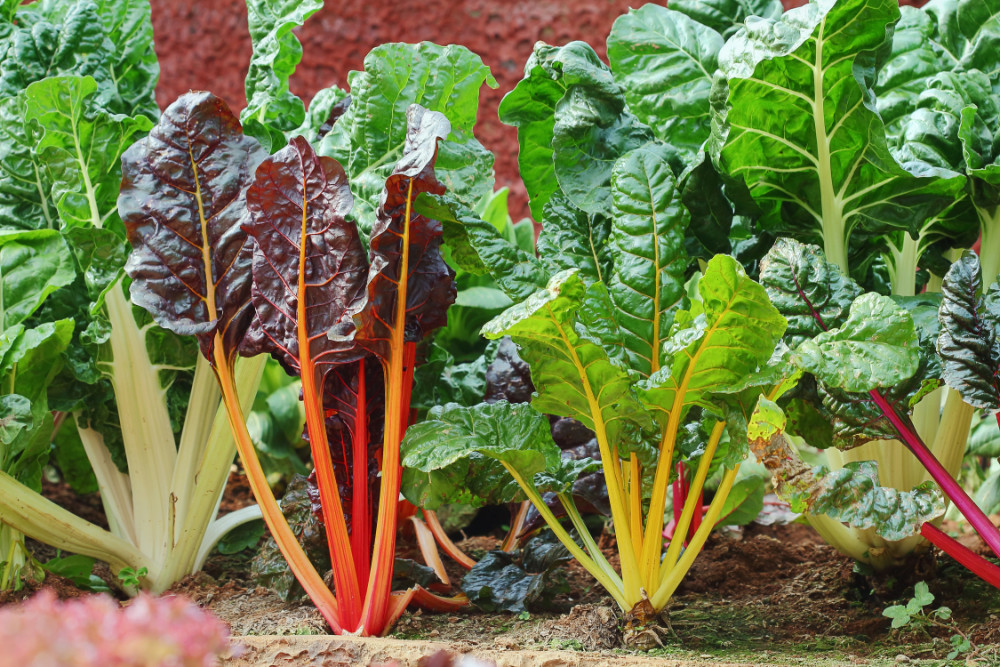
Planting, Harvesting & Preparing Chard
Swiss chard is becoming increasingly popular in the hobby garden and not without reason! The healthy leafy vegetable can be harvested over a long period of time and even looks beautiful. In this article, you can find out everything you need to know about growing chard.
This Article Contains:
- Growing Chard: What You Need to Know
- Chard Varieties: Leaf Chard, Stem Chard
- The Right Location for the Chard Plant
- Sowing & Propagating Chard
- Planting Chard: Spacing & Timing
- Mixed Crop Planting Plans With Chard: Good and Bad Companion Plants
- Care & Fertilize Chard
- Diseases & Pests of Chard: Mildew & Co.
- Harvesting & Storing Chard
- Prepare and Process Chard
- Overwintering & propagating chard
- Frequently Asked Questions About Growing Chard
Quick Overview
Growing Chard: An Overview
- Light: sunny to semi-shady
- Water: even soil moisture
- Nutrient requirements: medium
- Soil : deep, humus-rich and nutrient-rich
- Germination temperature: 18 to 20 °C/64,4 to 68 °F
- Planting depth: 2 - 3 cm/0,8 - 1,2 in
- Planting distance: 30 x 40 cm/11,8 x 15,7 in
Swiss chard: Good and Bad Companion Plants
- Good companion plants: legumes such as beans and peas, cruciferous vegetables such as broccoli, kohlrabi, radishes and daikon, garlic, carrots and parsnips
- Bad companion plants: tomatoes, cucumbers, garden cress, spinach, beetroot, rocket and salsify
Growing Chard: What You Need to Know
Like beetroot, chard (Beta vulgaris) originated from wild beetroot. While beetroot was bred to produce a large tuber, the leaf growth of chard was improved in the course of breeding. The lush leaves and bright colors make chard a decorative vegetable in the ornamental or kitchen garden.
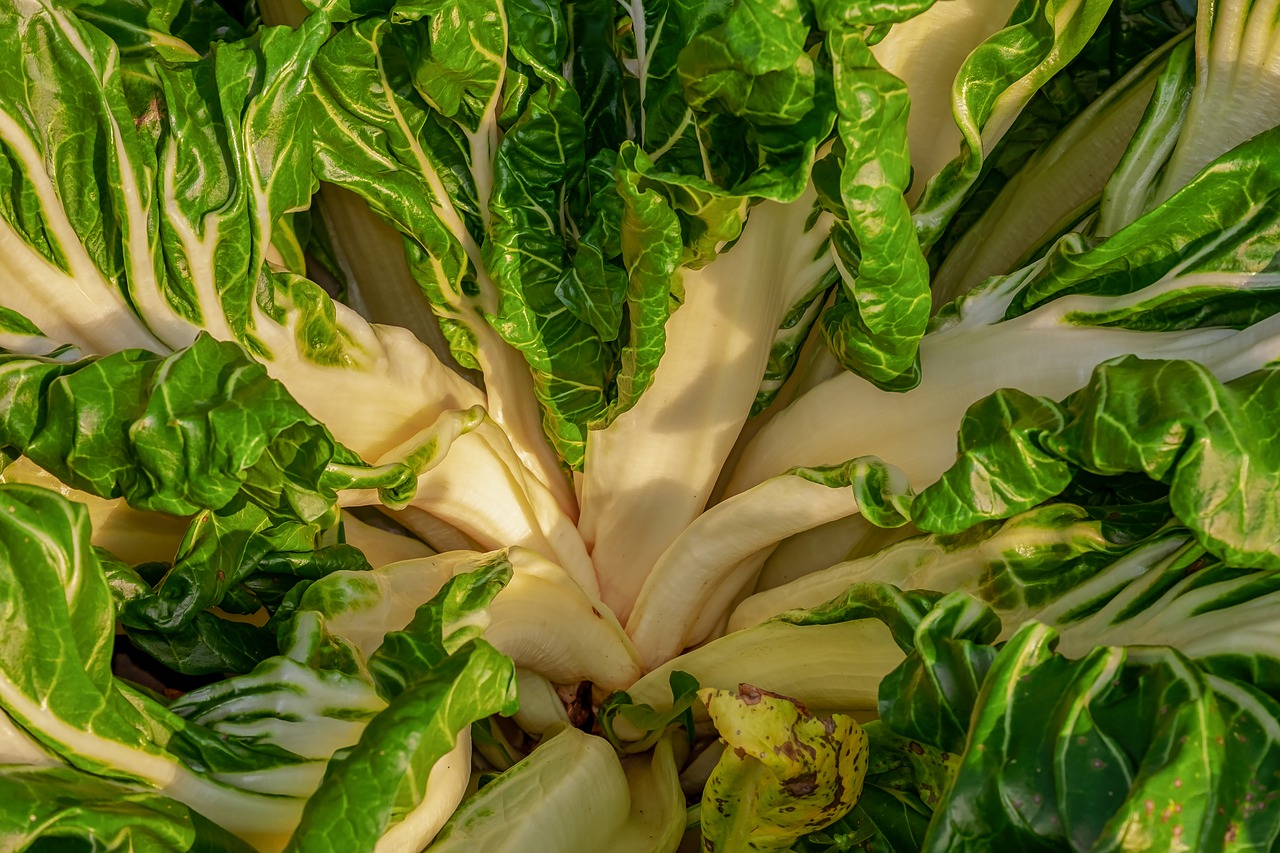
What Is Swiss Chard?
The chard plant is a biennial. In the first year, it forms a rosette of upright leaves 30 - 60 cm/11.8 - 23.6 in high. The thickened root gives an idea of its similarity to a turnip, but it is not edible. It is only in the second year that the chard plants start to shoot, flower and produce seeds. The large chard leaves are reminiscent of spinach and can be used in the same way. Both plants and beet belong to the amaranth family (Amaranthaceae). Among the chard varieties, a rough distinction is made between stem or ribbed chard (Flavescens group) and leaf or cut chard (Cicla group). The name already reveals which part of the plant is primarily used. However, both stalks and leaves can be eaten from both groups.
Chard Varieties: Leaf Chard, Stem Chard
Stem Chard: Growth and Varieties
In the case of stem and ribbed chard , the plants were primarily bred for fleshy, edible stems, but the leaves are also used. 'Walliser', 'Genfer' and 'Brilliant' belong to the chard varieties with white stems. They are relatively bolt-resistant and can develop leaf ribs up to 10 cm wide. They have a rather mild taste and can be prepared in a similar way to asparagus. Another white variety is 'Glatter Silber', which is particularly well adapted to sandy soils. If you like it more colorful, you can also choose chard varieties with colorful stems. The varieties 'Bright Lights' and 'Five Colours' produce plants whose stems can have different colors. They are available in white, yellow, orange, red and purple - creating a colorful mix in the vegetable patch. Other colorful varieties are 'Golden' with bright yellow stems, as well as 'Feurio' and 'Red Volcano' with fiery red leaf veins.
Leaf Chard: How It Grows and Varieties
In the case of leaf and cut chard, only the green leaves are usually used and prepared in a similar way to spinach. The stalks are also edible, but they are much thinner than those of chard stems. This group includes varieties such as 'Hunsrücker Schnitt' and 'Grüner Schnitt'. They taste nice and mild and are usually hardy. Pure leaf chard is cultivated much less frequently than stem chard. The variety 'Lucullus ' is an intermediate form between stem and leaf chard, in which the stem and leaves can be eaten.
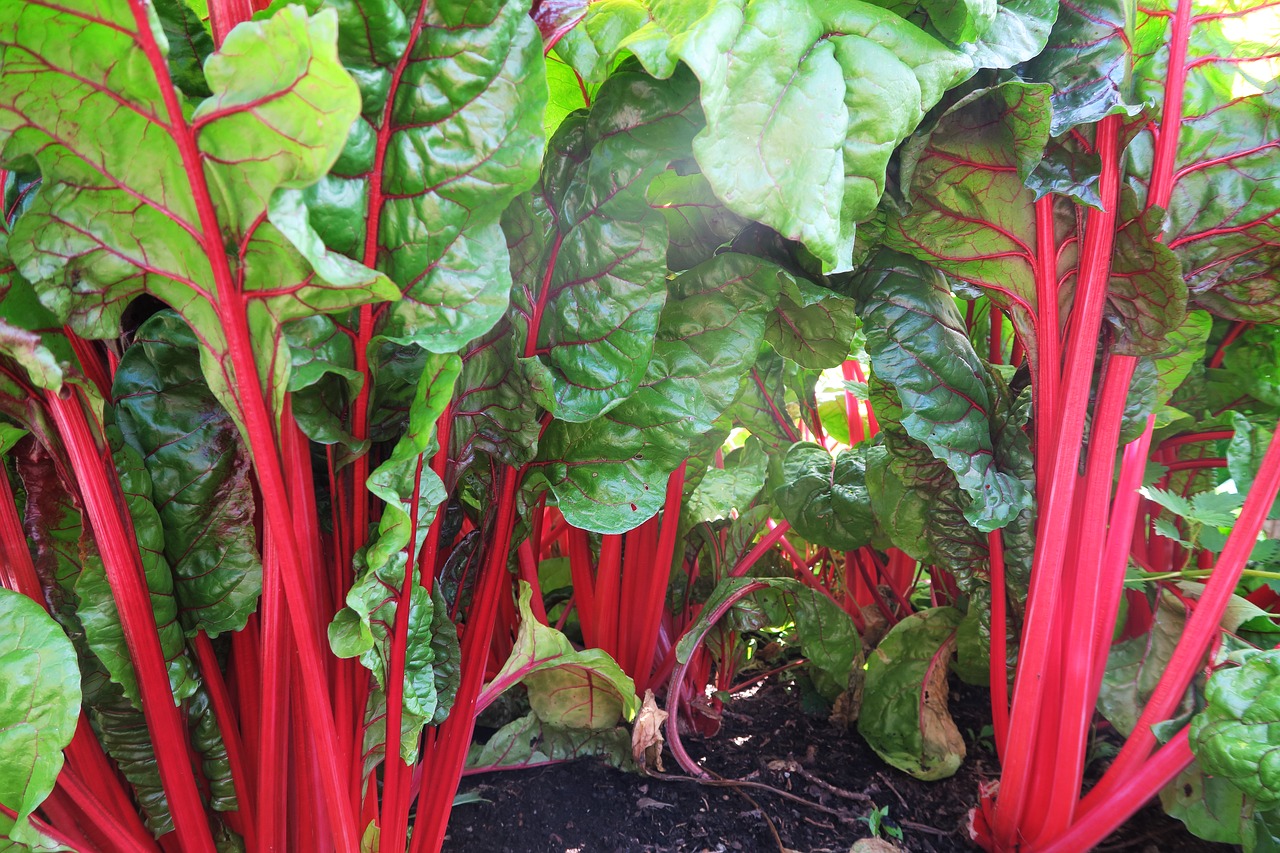
The Right Location for the Chard Plant
As a leafy vegetable, chard needs evenly moist soil so that the leaf stalks remain tender and the leaves develop to their full size. As with beet, the soil should be deep, humus-rich and nutrient-rich. In cultivation, chard is similar to its bulbous relative, but the soil does not need to be loosened as deeply as with beet. We recommend using a digging fork to loosen the soil, but you should avoid digging if possible, as this disturbs the soil life too much. Choose a sunny to partially shaded bed so that your chard plants have enough light. Also work some compost and horn shavings into the soil to provide a good nutrient base.
Sowing & Propagating Chard
You can sow chard directly into the bed or pre-grow it in small pots and plant it out later. Sowing outdoors begins in mid-April. If you don't want to wait that long, you can sow from the beginning of April and then protect the seeds with a layer of fleece. Sow leaf chard in rows 30 cm/11,8 in apart, stem chard needs a little more space at 40 cm/15,7 in apart. After the young plants have emerged, you should thin out the rows so that the plants are not too close together and restrict each other.
Planting Chard: Spacing & Timing
After preplanting, the young chard plants can be planted directly at the correct spacing, resulting in even stands. In rows, you should ensure a distance of 30 cm/11,8 in between the plants and 40 cm/15,7 in between the rows. Alternatively, chard seedlings can also be integrated sporadically into mixed crops and even look extremely decorative in ornamental gardens. The variegated varieties are particularly eye-catching with their yellow, red and purple stems. After planting, make sure to water the plants well so that they can grow well.
The best time to plant chard is between mid-April and the end of June. Swiss chard can withstand light frosts well, so you don't have to wait until after the Ice Saints to plant it out. Chard is therefore also ideal as a pre- or post-crop in a mixed crop.
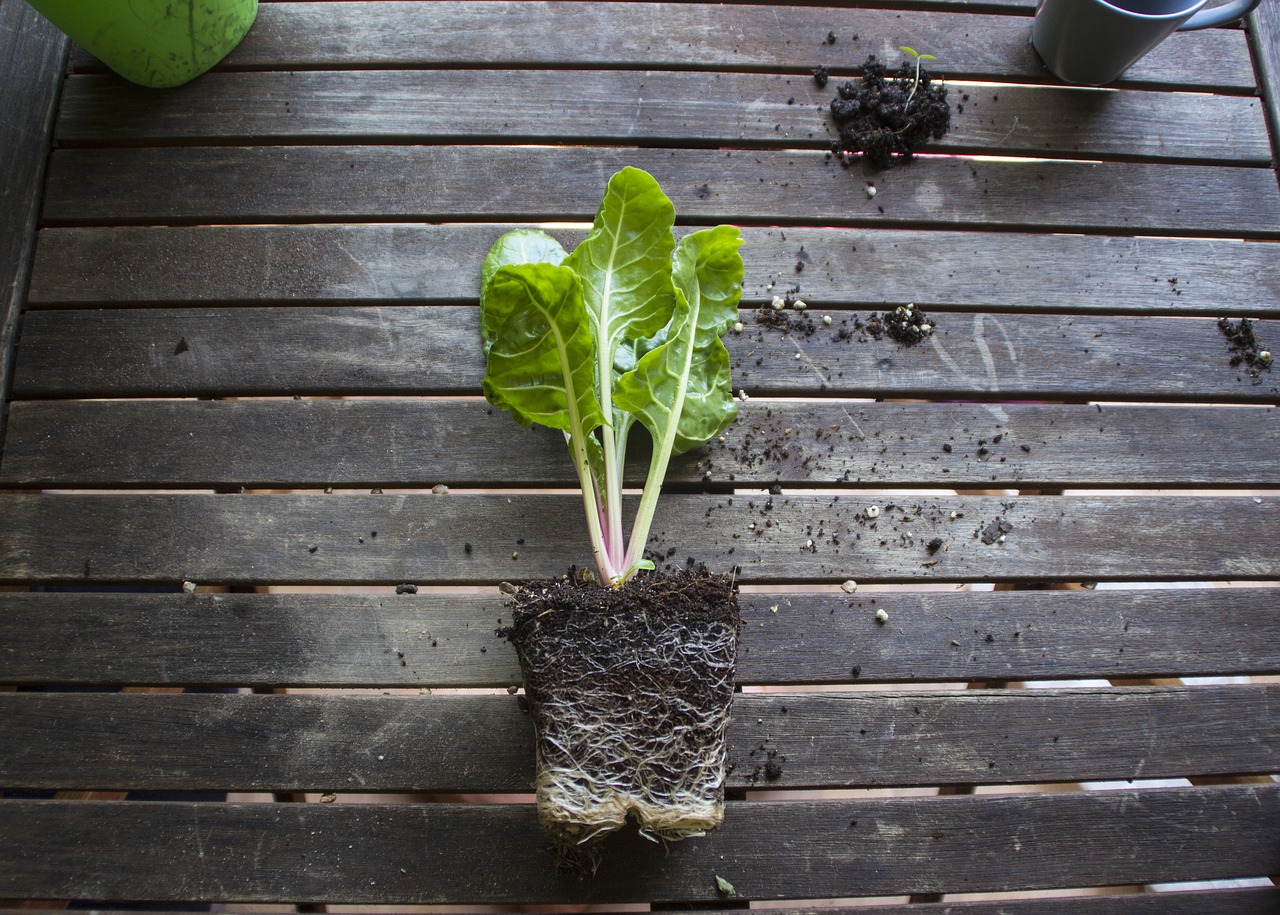
Mixed Crop Planting Plans With Chard: Good and Bad Companion Plants
Chard is ideal in a mixed crop with pulses such as beans and peas, cruciferous vegetables such as broccoli, kohlrabi, radishes and radishes, as well as garlic, carrots and parsnips. Bad neighbours are tomatoes, cucumbers, garden cress, spinach, beetroot, rocket and salsify. In a mixed culture, you benefit from more resilient plants and greater biodiversity in your garden. You can find inspiration for your mixed cultivation with chard in the following bed plans.
Our tip: You can read more about chard in mixed cultivation in this article. You will find an overview of good and bad companions as well as tips on succession cropping and crop rotation.
Care & Fertilize Chard
Swiss chard is a medium feeder and is therefore satisfied with moderate fertilization. Before sowing or when planting, compost and horn shavings provide a good nutrient basis. Very vigorous plants can be fertilized with a sip of plant manure, e.g. nettle manure, during the main season. However, a supply of compost and horn shavings is usually sufficient. During dry periods, make sure to provide additional watering so that the yield and the delicacy of the leaves do not suffer from the drought. A good supply of water promotes growth, so water well even after harvesting. The supply of water promotes new shoots so that the leaves inside grow back quickly. Swiss chard is relatively cold-tolerant and can remain outdoors over the winter in mild regions. If you have a greenhouse, you can relocate the plants and extend the harvest period well into the winter.
Diseases & Pests of Chard: Mildew & Co.
Swiss chard is relatively robust compared to other vegetables. Occasionally, it can become infested with mildew. This fungus forms a floury white coating on the leaves and is usually caused by insufficient plant spacing. A mixed crop with garlic can have a preventative effect due to its powerful essential oils. Thin out overly dense crops and spray several times with garlic tea to repel the fungus.
Aphids often appear in the early phase after the young plants have been planted. Harvest the outer leaves of your plants regularly and stimulate root growth by hoeing thoroughly. Regular watering will then ensure vigorous new growth. As a rule, aphids do not pose a major challenge for healthy chard plants. However, repeated spraying with neem oil can provide relief in the event of a heavy infestation.
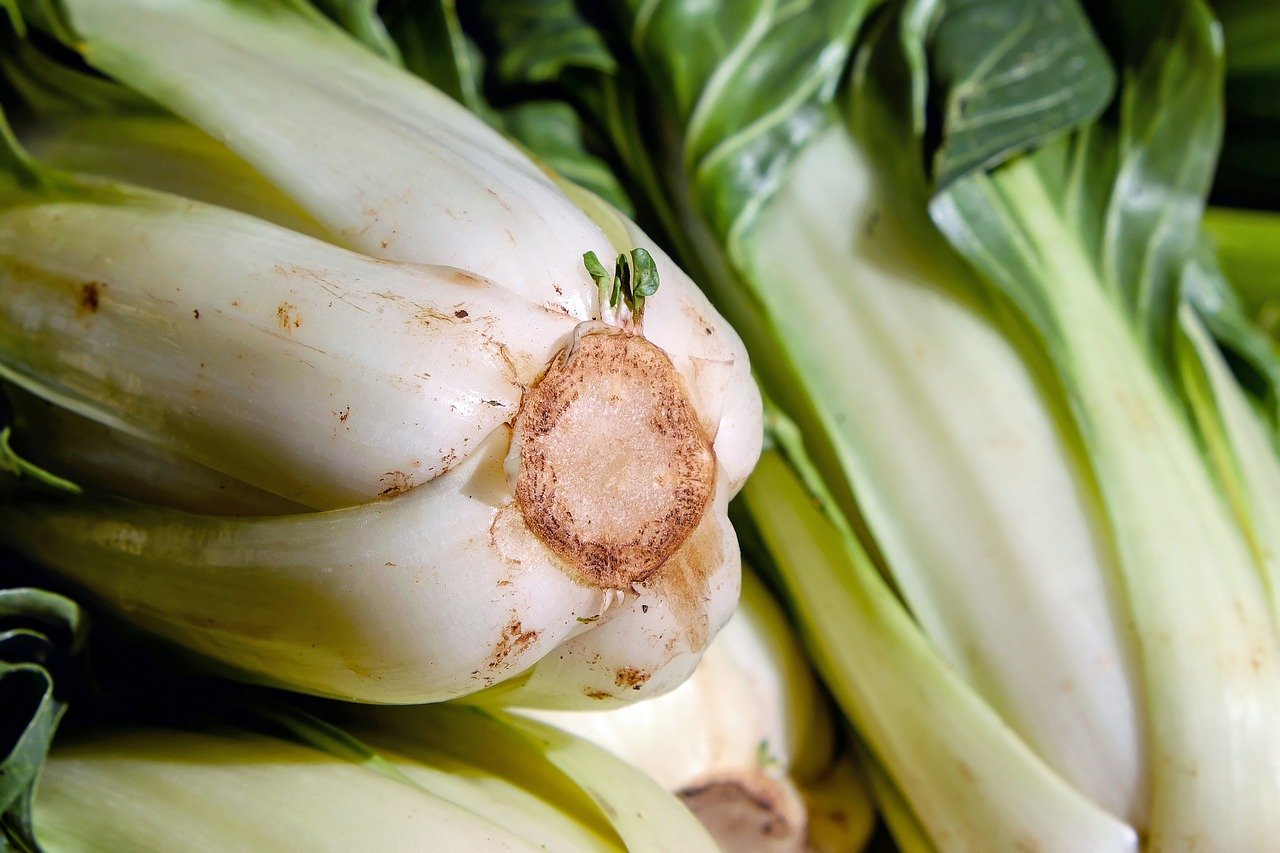
Harvesting & Storing Chard
Chard can be harvested for the first time just two months after sowing. Chard needs a little more time; you can start harvesting it three months after sowing. Always cut off the outer leaves first and leave the inside undamaged, as the plant will continue to grow back. The harvest season extends from June to the onset of frost in late fall. In the greenhouse, the harvest season can be extended well into the winter.
The large leaves of Swiss chard quickly lose moisture after harvesting and begin to wilt. Make sure to consume freshly harvested chard as quickly as possible, as it only keeps for a short time. Cleanly cut stalks can be placed in water to keep the leaves crisp for several days. However, the stems soften after a short time in water and can start to rot. Therefore, cut off the softened parts generously if storing for a long time and before eating. Alternatively, chard can be wrapped in a damp cloth or stored in a perforated bag in the fridge. Here too, chard will only keep for a few days. Whole cut plants keep a little longer and are therefore more common in the shops. However, when growing chard in your own garden, it is recommended that you only harvest as much as can be consumed fresh. If the harvest is plentiful, both stem and leaf chard can be frozen. The leaves become mushy when frozen, but can then be prepared like frozen spinach.
Prepare and Process Chard
Swiss chard can be prepared in a variety of ways. The leaves, which taste particularly tender when young, can be blanched in a similar way to spinach. The stems are much firmer and therefore need to be cooked longer than the leaves. Finely chopped and pan-fried, chard is a great addition to any vegetable dish, the taste is relatively mild and can therefore be combined well. It is also excellent as a filling for a quiche or for coloring homemade pasta (leafy greens). Swiss chard can also be eaten raw, but this healthy vegetable is usually cooked. It is rich in protein and vitamins, and chard also provides plenty of folic acid, sodium, potassium, iodine, magnesium and iron. As chard is a leafy vegetable, it contains a relatively large amount of nitrate. Nitrate is non-toxic in itself, but can be converted into nitrite, which is harmful to health. This happens when chard cools down very slowly or is left at room temperature for a long time. Children should therefore not eat reheated dishes containing chard or spinach, but this is not a problem for adults. However, reheating too often should be avoided. If you want to be on the safe side, always use a little lemon juice when cooking, as the vitamin C prevents the conversion of nitrate to nitrite.
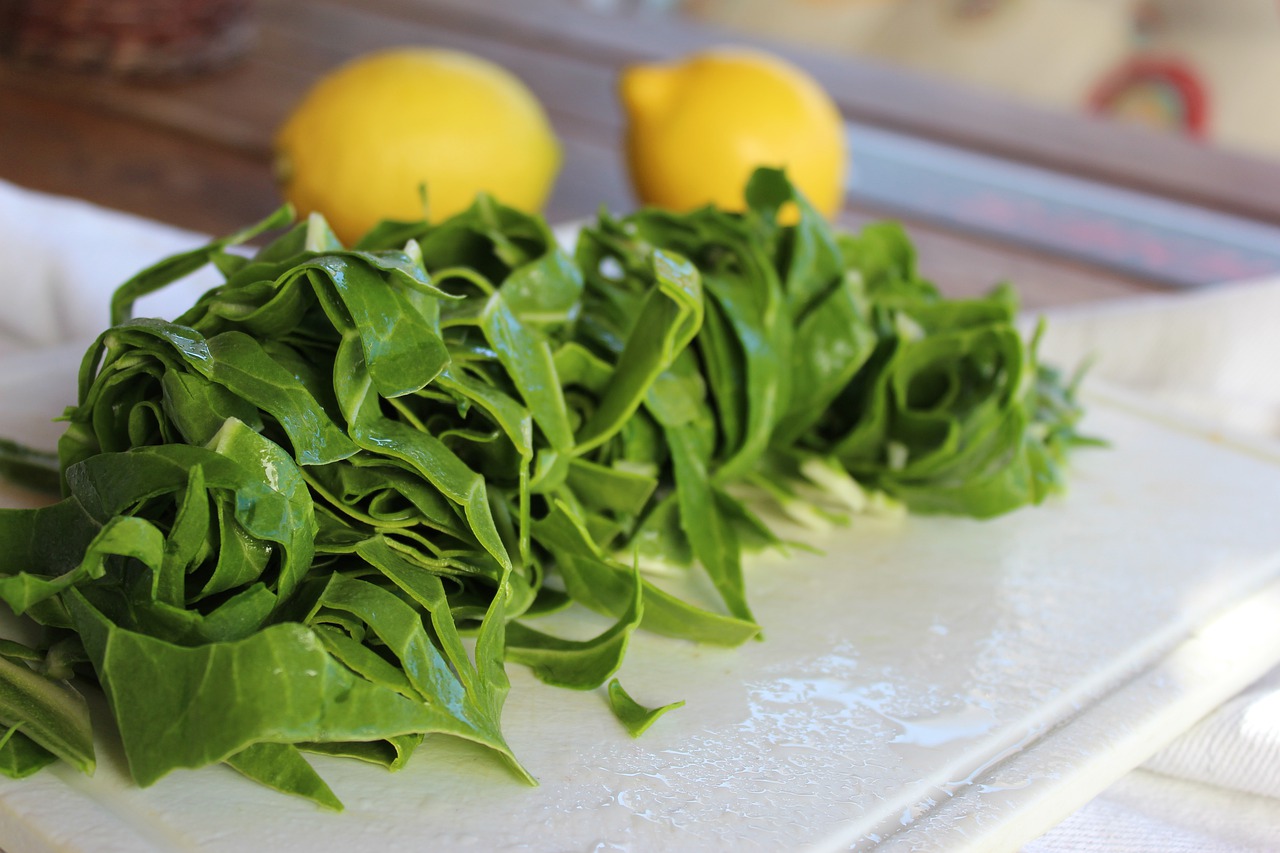
Overwintering & propagating chard
Swiss chard is relatively hardy and can survive mild winters without special protection. However, if you want to be on the safe side, you should cut the plants about 5 cm/2 in above the ground after the last harvest. The stalk can then be covered with fir branches or an air- and light-permeable fleece , together with the thick, overhanging roots. Overwintered chard sprouts again early in the year and thus provides fresh green leaves. The plants can still be harvested for some time before they bolt. During bolting, the plants stretch and eventually form seeds on the long, fibrous stems. Theoretically, leaves can still be harvested when shooting, but they are slightly bitter and are generally no longer eaten. If you want to collect your own seeds, leave the shot chard plants standing until the seeds are ripe and the plants die of their own accord. As flowering chard plants can become very sprawling, only a few should be brought to seed maturity.
I hope you've now got the urge to grow your own chard in the garden. If you have any questions or comments, please write to us at magazin@fryd.app. Would you like to receive helpful gardening tips all year round and plan your own beds in the best possible way? Then register here or download the Fryd app for Android or iOS.
Fryd - Your digital bed planner
Annabell
Current Topics in the Community

#red , #tuesday

Liked 1 times
#testpostcount

Dec 2025
Popular Articles

Companion Plants for Carrots: What (Not) to Plant With Carrots

Companion Plants for Celery : What (Not) to Plant With Celery?

Strawberry Types: List of Best Strawberry Varieties

Companion Planting With Strawberries: Companion Plants and Planting Plan

Basil Varieties & Types at a Glance

What to Plant With Cabbage: Good and Bad Companion Plants

Fertilizing Strawberries: Home Remedies & Natural Fertilizers at a Glance

Growing Sweet Potatoes: Tips on Cultivation & Companion Plants

Companion Plants for Kitchen Herbs: Chives, Parsley & Co

What Herbs Can Be Planted Together?
FAQ
Swiss chard is partially hardy and can survive mild winters, especially with frost protection (mulch or fleece). It is best to cut the chard down in the fall and mulch it properly. It should then sprout again in spring.
When can you start sowing chard outdoors?
Swiss chard can be sown outdoors from March to July. As it copes well with light frosts, it is one of the first crops that can be sown directly into the bed.
Young chard plants can be planted outdoors from April. To give them a head start, you can pre-grow them at home on the windowsill.
What are good companion plants for Swiss chard?
Good companion plants for chard are tomatoes, onions, garlic, peas, beans and cabbages. You can also plant chard together with marigolds, sunflowers, savory or oregano.